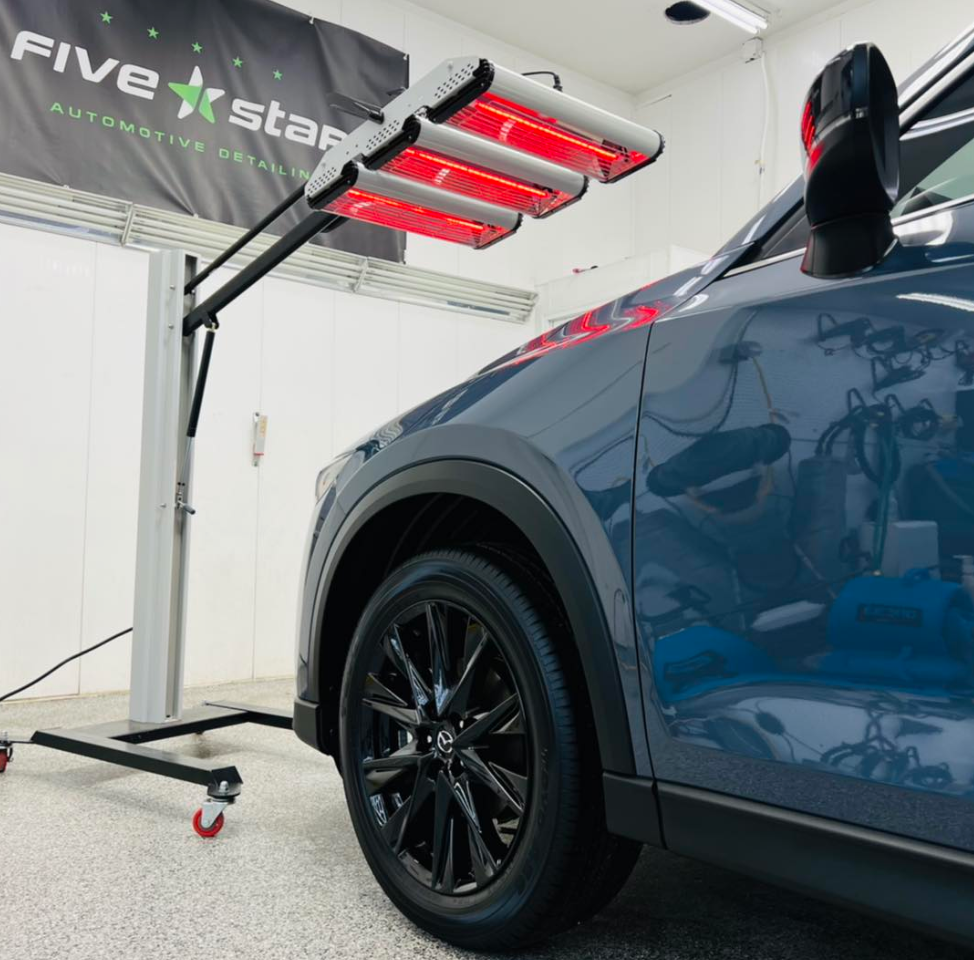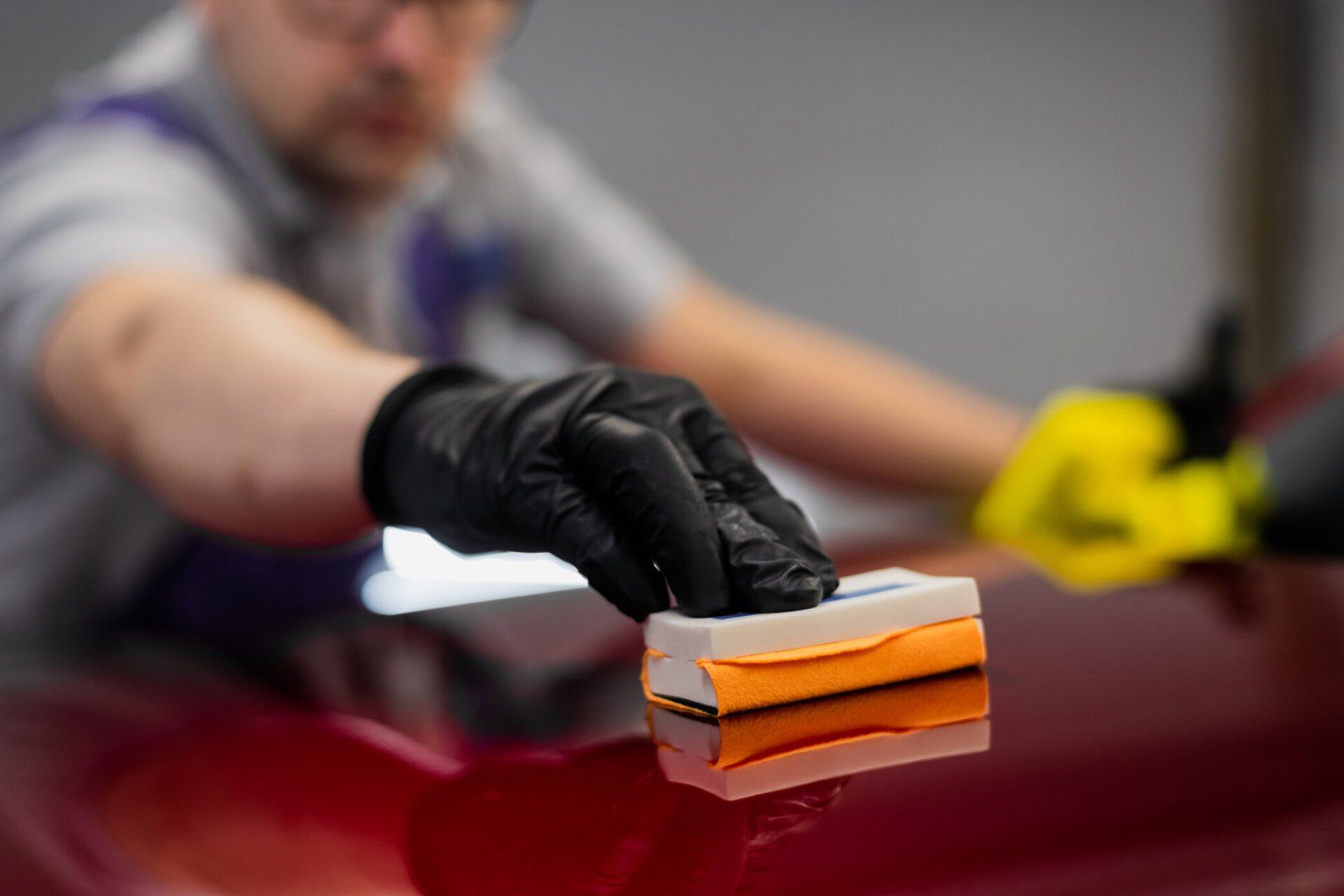Whenever you drive your car, you’re exposing it to various contaminants and harmful substances in the environment. It can be as simple as the sun’s rays to more tangible foreign objects like gravel, bird’s droppings, and mud. Over time, these substances can leave visible marks on your car, leading to fading, rusting, and chemical staining. For this reason, car owners apply paint protection film (PPF) to increase their car’s defenses.
PPF is a form of durable coating that protects cars from many forms of wear and tear. It can help to deflect impact from physical debris like rock chips or gravel while also providing resistance against chemicals like acid rain. However, there are some additional things that are important to consider when washing a vehicle that is coated with Paint Protection Film .
How to Wash Cars with Protective Coating
Investing in PPF is a great way to extend your car’s life span. However, in order to ensure that your coating lasts as long as possible, you will want to ensure that it is properly maintained with routine cleaning.
In this article, we’ll share five cleaning guidelines when washing cars with a protective coating.
1. Wait for the Film to Cure
After recently receiving PPF, ceramic coating, or other forms of protective applications, your car needs to go through a curing process. This allows the material to bond with our car’s surface, so you must not agitate it through washing or other activities. It’s best to avoid washing your vehicle for at least 48 hours after having a paint protection film applied to your vehicle and to also remember that complete curing time can be impacted by both the temperature and humidity.
2. Clear Harmful Materials
Although PPF is resistant to some chemicals, it doesn’t make your car invulnerable. Additionally, letting acidic contaminants like bird droppings or tree sap can compromise your film’s life span. For this reason, it’s vital to inspect your car now and then to clear these harmful materials from staying on your car’s surfaces.
3. Mind Your PSI
If you use a pressure washer for your car, you need to be acquainted with the right PSI or pressure levels to use. It’s essential to keep your distance from your car, so the film doesn’t lift. Generally, it’s important to use low pressure and keep away from the film’s edges. Apply the same principle when using compressed air or other air-moving equipment.
4. Don’t Use Harsh Chemicals
Besides high pressure from air or water, you should also be conscious of the cleaning agents you use. Remember to use light cleaning solutions to avoid damaging your car’s PPF. Doing so will benefit your vehicle by extending the lifespan of its protective layer.
5. Invest in Ceramic Coating
The best way to secure your car’s PPF is to follow it up with ceramic coating. It’s a great way to reinforce its protection while giving you more leeway with your cleaning practices. Keep in mind that if you choose instead to use a wax on top of your PPF, you must be extremely careful with which one you choose to use. You want to strictly avoid any wax that contains dye or petroleum distillate. This type of wax can damage your PPF coating.
Receive Professional Detailing Services in Rochester, MN
PPF is a great investment for your car and in order to ensure that it lasts, it is important to understand how to properly care for it over time. If you’re unsure how to best maintain your PPF, it’s best to bring your car to a professional auto detailer.
If you're looking for expert
auto detailing in Rochester, MN, you're in the right place. At 5 Star Auto Detailing, we can treat your car to look its best while staying protected against the harsh elements. Contact us at 507-213-3561 to learn more about our detailing services!






